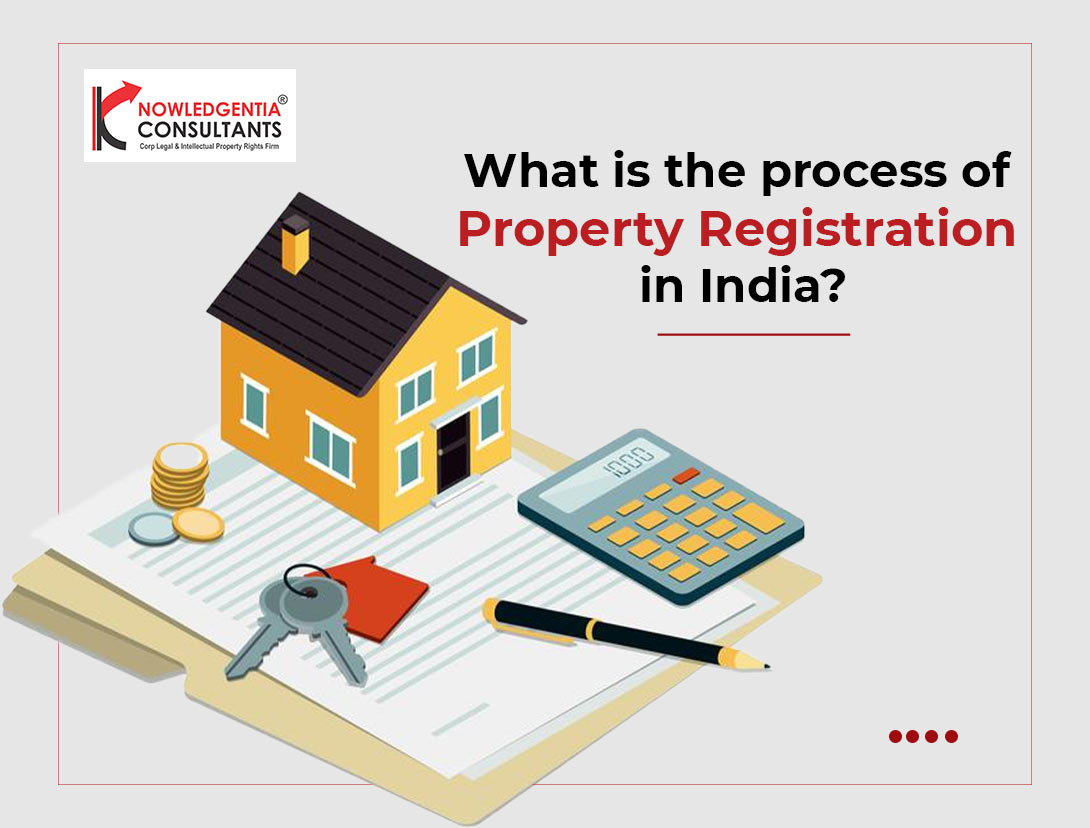What is the process of property registration in India?
Property registration is one of the most essential and much needed when it comes to acquiring any new property. Each time a property is acquired, it is pretty mandatory to register that real estate property in India. Property registration in India takes place under Section 17 of the Registration Act. However, if the acquired property’s value is below Rs.100, the property registration isn’t compulsory. The property registration process is always done in the name of the new owner, once the stamp duty and its registration fees are paid.
What is the time taken for property registration in India?
It takes almost two weeks’ time to process the legal proceedings concerning a property and registration of the final property in India. One needs to visit the sub-registrar’s office and get a bunch of documents processed to have the ownership of that document.
Is it essential to register a property in India?
Yes, it is very important to register any property bought in India. Before registering the property under property transfer lawyers in India, an owner doesn’t get the complete ownership of a particular property.
Steps to follow for property registration in India
Here is a comprehensive list of the steps to following for property registration in India:
- Verification of the property title
- Estimation of the actual value of the property
- Preparing the related stamp papers
- Get the sale deed drafted and prepared
- Perform the payment of the required stamp duty and the official registration charges
- Reach to the sub-registrar’s office for processing the registration, further.
- Final documents submission.
Registration of property documents
As soon as the official stamp duty for the property is paid, the document is sent for further registration under the Indian Registration Act. The entire registration process is processed under the jurisdiction of the Sub-Registrar, performing his work under the local jurisdiction of the property’s location. The prime need of registration of the property documents is for record keeping and execution. Mostly the states charge around 1% of the stamp duty for property registration fee. The entire process is necessary because until the deeds are registered under the buyer’s name, the buyer doesn’t have an official ownership over the property. This needs to be recorded under the government’s records. The original copy of the registration is maintained as record under the Registrar.
Step by step Process of property registration in India
Step 1: The property value is estimated as per the circle rates of the property residing in.
Step 2: The circle rate is compared with the actual paid price. The stamp duty to be paid is applicable as per the higher value amongst the two.
Step 3: The non-judicial stamp papers as per the pre-decided compared value has to be bought.
Step 4: One can purchase these stamp papers in person or online. It is available with licensed stamp vendors, or even e-stamps can be bought, online. The stamp duty needs to be paid through the Collector of Stamps or an either proof of already paid amount has to be submitted.
Step 5: Next, the deed needs to be prepared and typed on these stamp papers. Property transfer lawyers in India can help you with this. However, the original subject matter might vary as per the nature of transaction, property rights, nature of need, such as sale, mortgage, lease, power of attorney, etc.
Step 6: Once the deed is prepared, either transacting parties approach the Sub-Registrar’s Office for deed registration along with two accompanied witnesses. Each witness needs to carry their respective photographs, ID proofs, etc. as needed for the registration process. The original copy of the deed, and two set of photocopies of the deed also needs to be carried, along with.
Step 7: Once the sale deed is registered, a receipt is generated for the owner. Around two to seven days later, one can reach the Sub-Registrar’s Office for final collection of the sale deed.
Step 8: Once the original sale deed is registered, one can easily verify the same using the given registry details and date from the Registrar’s Office.
These are the set of steps to follow when planning to register a property in India.








